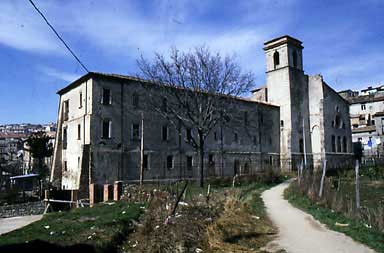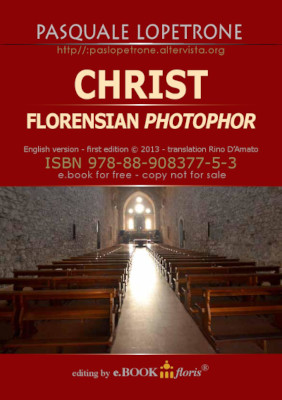Florens Abbey
[...] The architecture of the Abbey of San Giovanni in Fiore, like the remains of others abbeys, are monastic structures which, introduced Greek and Norman Calabrian tradition into Cistercian abbeys.
During the restoration in 1989 Baroque elements have been removed and the simplicity of the original Cistercian church brought back. The only original element remaining on the frontal façade is the portal.
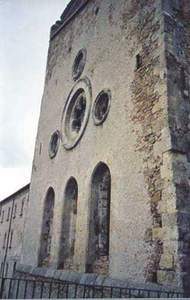
Florensian Abbey Apse
photography: Giuseppe De Marco © copyright 2003
Archaeological excavations have shown the presence of Joachim's first edifice, which was finished in 1198, in the Iure Vetere locality. The first monastery and its annexed edifices were burned by a fire in 1214. The monks decided to abandon the location of Iure Vetere, also due to its difficult climatic situation.
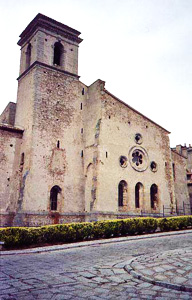
Florensian Abbey Apse
photography: Giuseppe De Marco © copyright 2003
The construction of the abbey was approved by Queen Constance of Hauteville after a Joachim's visit in her court at Palermo. In 1215 a site not far from the previous one was chosen, in an area that had been settled in the early Middle Ages by a Lombard military contingent and then by the Byzantines,near the Neto river valley.
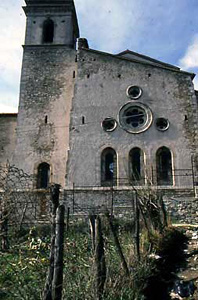
Florensian Abbey Apse
photography: Francesco Saverio Alessio © copyright & all rights reserved 1987
In 1221 the Holy Roman Emperor Frederick II - son of emperor Henry VI of the Hohenstaufen dynasty and Queen Constance of Sicily of the Hauteville dynasty - fostered the monastery’s development when he handed down a decree that guaranteed immunity for crimes other than murder inside the Florian Abbey’s walls. The new abbey was completed in 1230.
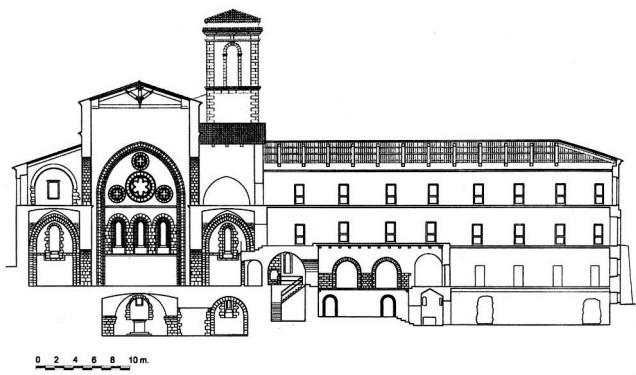
Florens Abbey: Transversal section
Federico Parisi: Disegno dell'architettura cistercense in Calabria; Edizioni Alinea, Firenze 2006
ref. San Giovanni in Fiore, Abbey | The Medieval Kingdom of Sicily Image Database
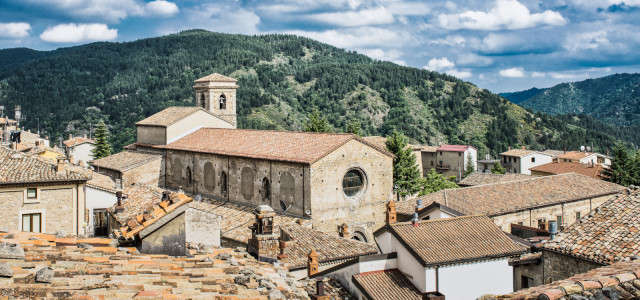
Florens Abbey, San Giovanni in Fiore; photograpy: Domenico Olivito
Links
This is a section of the site dedicated to the Mediterranean Architecture and that, going from the Mezquita de Cordoba to the Tiberius's Villa Iovis in Capri, from the Adalberto Libera's Villa Malaparte always in Capri until the Francesco Venezia's Gibellina Museum, from the Le Corbusier's Ronchamp Chapel to the Abbazia Florens of Gioacchino da Fiore and Luca Campano through the undergrounds of Naples, the underground architecture of the Greek Roman caverns exposed to the XVII Triennale of Milan, the ages, the cultural migrations, the Urbanism and Etno-Psychiatry, sometimes the losses, sometimes the contaminations, through various values and the religions, the aesthetic valences, with the contribution of personal written and of others Authors, of photography's, designs and other types of iconographic representations, 3d rendering, cad, videos, wants indicate a reflection course on this argument.
